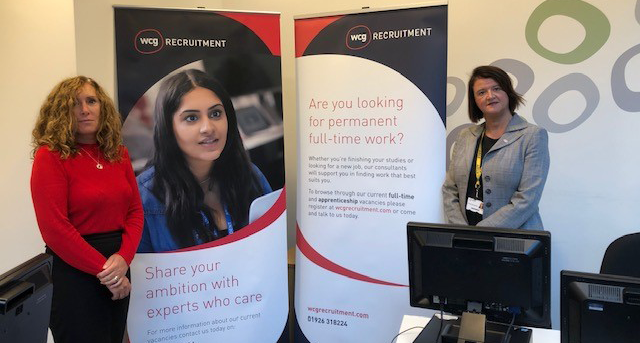Over the last 20 years, jobs.ac.uk has had the pleasure of supporting a wide-range of Further Education colleges throughout the UK with cost-effective recruitment solutions. Following the continued success of this collaboration, we are delighted to share a special announcement for colleges on behalf of our parent brand, Warwick Employment Group.
Founded by the University of Warwick, Warwick Employment Group is a global family of specialist recruitment and people-oriented services, developed by the education sector, for the education sector.
Today, the Group announced the launch of WEG21, a modular staffing platform which simplifies the process of attracting and hiring candidates, using a proven agency-style model. The software enables colleges to secure entry-level roles, work-based placements and internships for their students while providing a recruitment service for local businesses and employment opportunities for the wider community.
WEG21 has been designed in consultation with WCG, one of the UK’s largest college groups, ensuring that the sector’s interests and aspirations have underpinned the product’s development since day one. Tailored features enable colleges to coordinate many different types of work experience for their students; embedding employability into education and allowing students to build relationships with future employers.
In turn, colleges will have the opportunity to run their own full-service recruitment agency, and create a sustainable revenue stream through the provision of staffing services. This set-up will also enable colleges to resource internal recruitment activities more effectively and make a saving on their outgoings in this area.
Paul Brewster, Director of Warwick Employment Group, commented: “We have very much enjoyed having the opportunity to collaborate with WCG and shape WEG21 for the Further Education sector. Our mission for WEG21 has a dual-focus, we aim to support colleges and their employees with a new commercial enterprise platform and equip students with essential workplace skills and experience.”
Are you inspired by Warwick Employment Group’s new product? Visit the dedicated landing page today and find out how WEG21 can transform your college.

